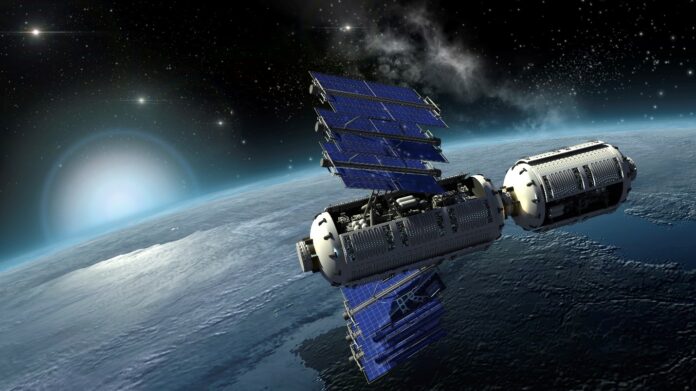The 24th Annual Report of the State of the Satellite Industry (SSIR) stated that despite the pandemic, the space industry continued to grow, and in 2020 there was record-setting growth in satellite launches into orbit, other economic metrics, and investment in commercial space ventures.
It is reforming its space activities and operations by utilising technologies like 5G, sophisticated satellite systems, 3D printing, big data, and quantum technology.
Implementing advanced space technology is essential since numerous services rely on space infrastructures, such as weather forecasting, remote sensing, satellite television, and long-distance communication. Technological advancements are currently propelling space operations and research.
Here we have some new opportunities provided by artificial technology in the space industry and the most recent trends propelled by innovation.
Small satellites are gaining popularity
Small satellites have grown in popularity in recent years. Small satellites are launch by space technology firms to enable scientists to perform research and missions that bigger satellites cannot.
Miniature size satellites encourage firms to mass-produce and enable cost-effective designs. Small satellites have been launch by many firms, including Planet, Hawkeye, BlackSky, and Swarm.
Enhancing Advanced Communications
Space communications have always depended on a transmitter and a receiver. Recent advances in space communication technology have extended beyond receivers and transmitters to enable advanced communication such as high-capacity antennas, base stations, and low-orbit satellites (LEO).
Companies like Thorium Space Technologies and Arctic Space Technologies are creating ground-breaking technologies to enable improved space communication.
Monitoring space data with technology
Many LEO satellites and multi-satellite constellations capture massive amounts of data regularly. It contains communication data, image material, and even spy information.
Because of the nature of space data, space technology firms are under pressure to handle, treat, analyse, and manage it correctly using disruptive technologies such as artificial intelligence, blockchain, and big data.
New initiatives to clear up space junk
After years of launching countless rockets and carriers into space, humanity is now seeing the resulting congestion. Space agencies have been leaving out rocket stages, errant bolts and paint chips, solid-rocket-motor slag, dead or dying satellites, and scattered fragments from antisatellite experiments in outer space for more than a half-century.
Fortunately, we have now recognised that worthless floating items may cause disasters to operating satellites or moving rockets. As a result, space technology firms are stepping up their efforts to clear up space junk. A space mission ‘ELSA-d’ launched to collect space trash scattered throughout the universe in millions of pieces.
The start of the “reusable rocket” era
Rockets are not cheap. Everything is expensive, from the raw ingredients to the coatings utilised. While rockets cost millions of dollars, they can only be launch once. It has been the most significant disadvantage for space organisations. However, that altered when private businesses were permitted to experiment with space technology innovation.
Today, space technology firms such as SpaceX and Blue Origin developing reusable rockets that save money and time. The Falcon 9 rocket from SpaceX is a two-stage rocket designed for cargo delivery and human flight. Blue Origin has also launched the reusable ‘New Shepard rocket’ to the edge of space.
Follow and connect with us on Facebook, LinkedIn & Twitter

